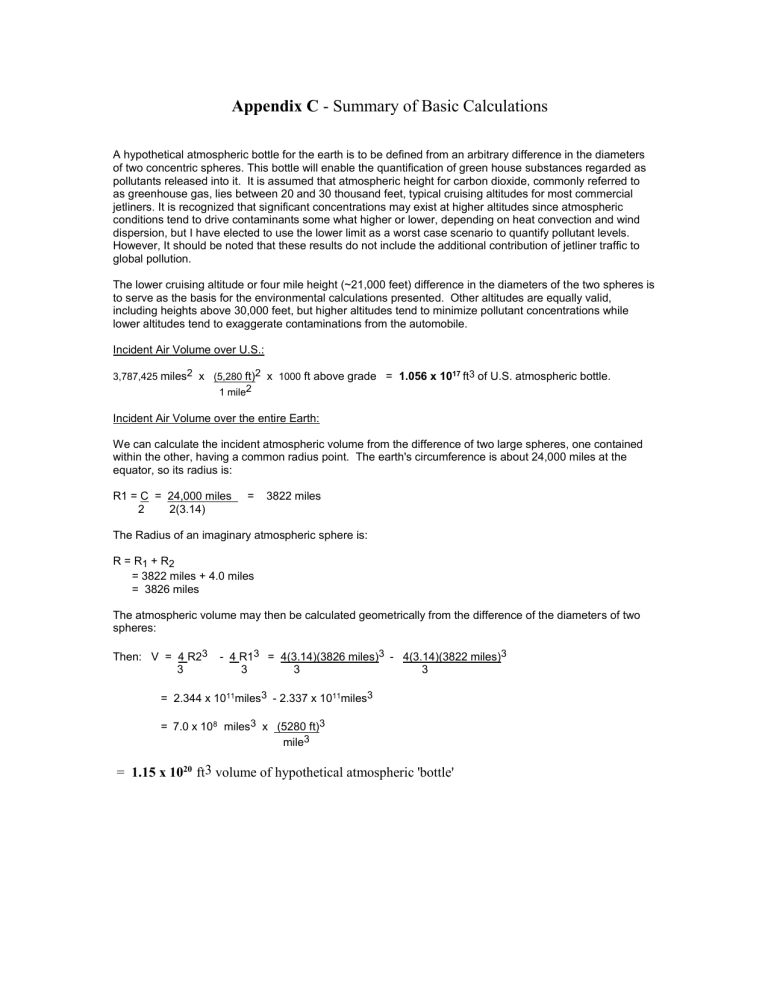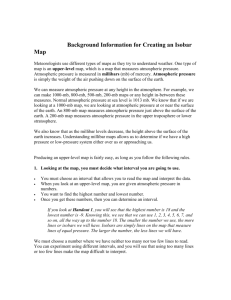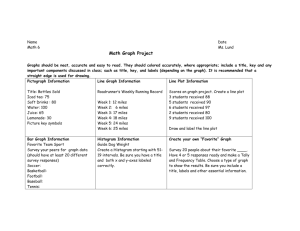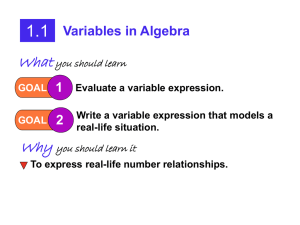A hypothetical atmospheric bottle for the earth is to be defined from

Appendix C - Summary of Basic Calculations
A hypothetical atmospheric bottle for the earth is to be defined from an arbitrary difference in the diameters of two concentric spheres. This bottle will enable the quantification of green house substances regarded as pollutants released into it. It is assumed that atmospheric height for carbon dioxide, commonly referred to as greenhouse gas, lies between 20 and 30 thousand feet, typical cruising altitudes for most commercial jetliners. It is recognized that significant concentrations may exist at higher altitudes since atmospheric conditions tend to drive contaminants some what higher or lower, depending on heat convection and wind dispersion, but I have elected to use the lower limit as a worst case scenario to quantify pollutant levels.
However, It should be noted that these results do not include the additional contribution of jetliner traffic to global pollution.
The lower cruising altitude or four mile height (~21,000 feet) difference in the diameters of the two spheres is to serve as the basis for the environmental calculations presented. Other altitudes are equally valid, including heights above 30,000 feet, but higher altitudes tend to minimize pollutant concentrations while lower altitudes tend to exaggerate contaminations from the automobile.
Incident Air Volume over U.S.:
3,787,425 miles
2
x (5,280 ft)
2
x 1000 ft above grade = 1.056 x 10 17 ft 3 of U.S. atmospheric bottle.
1 mile2
Incident Air Volume over the entire Earth:
We can calculate the incident atmospheric volume from the difference of two large spheres, one contained within the other, having a common radius point. The earth's circumference is about 24,000 miles at the equator, so its radius is:
R1 = C = 24,000 miles = 3822 miles
2 2(3.14)
The Radius of an imaginary atmospheric sphere is:
R = R
1
+ R
2
= 3822 miles + 4.0 miles
= 3826 miles
The atmospheric volume may then be calculated geometrically from the difference of the diameters of two spheres:
Then: V = 4 R2
3
- 4 R1
3
= 4(3.14)(3826 miles)
3 3 3
3
- 4(3.14)(3822 miles)
3
3
= 2.344 x 10 11 miles
3
- 2.337 x 10 11 miles
3
= 7.0 x 10 8 miles
3
x (5280 ft)
3
mile
3
=
1.15 x 10 20










